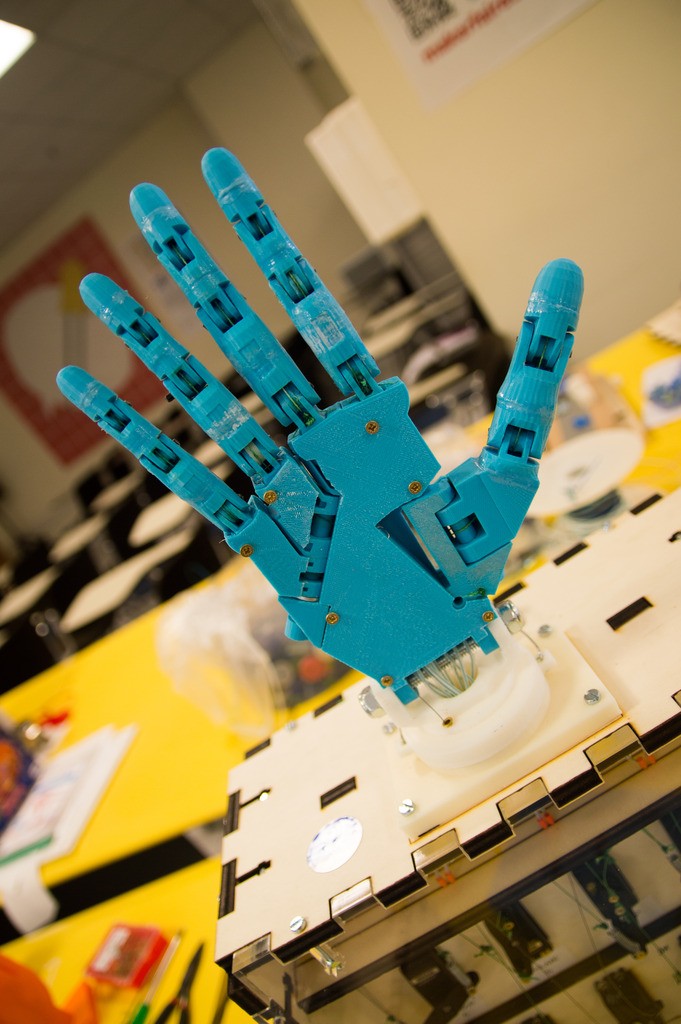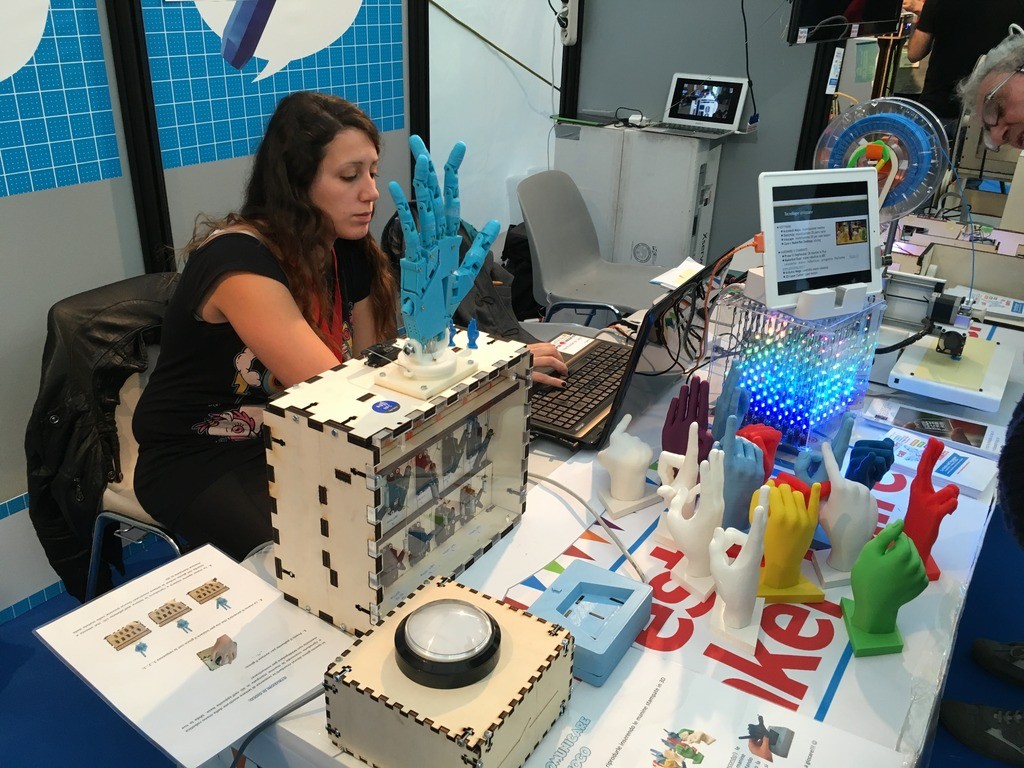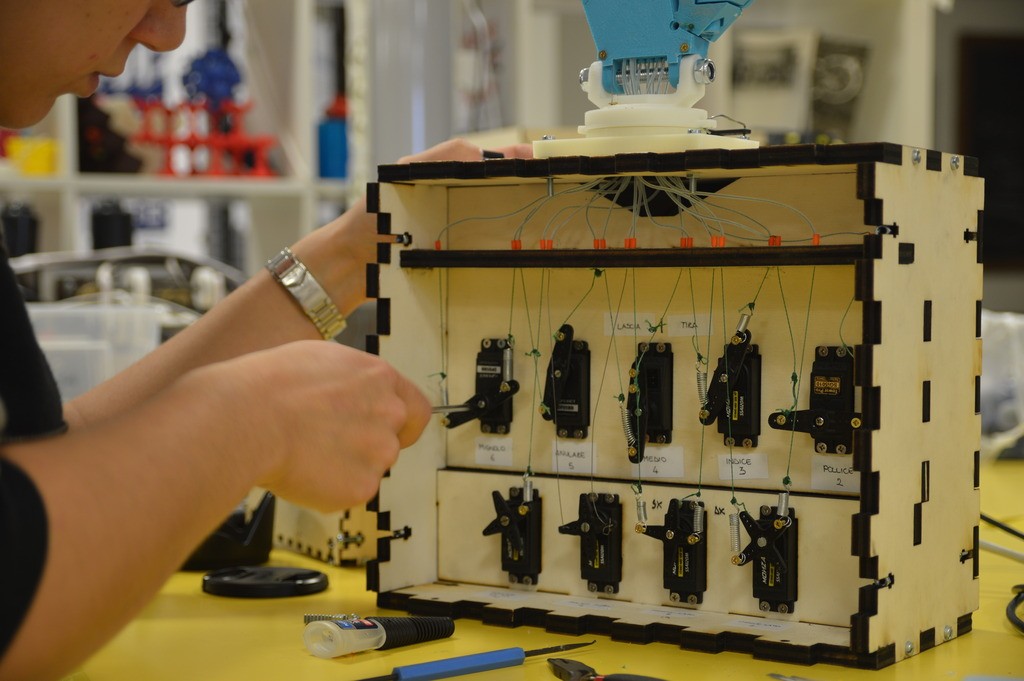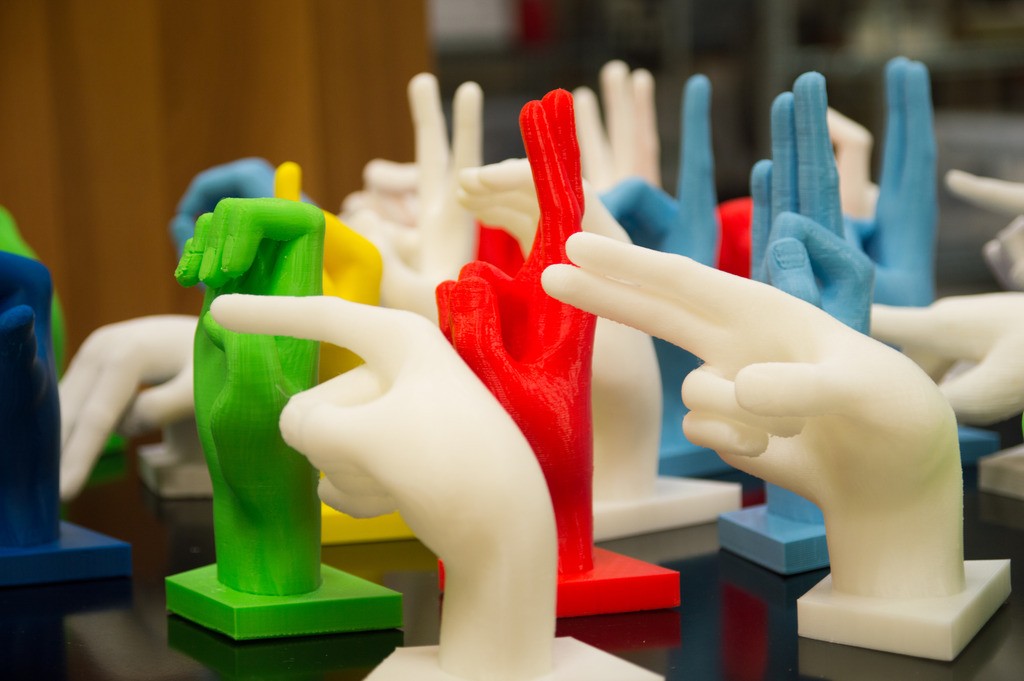The first who will fully enjoy the benefits of the work that those in the 3D printing industry are doing today are those who are born into the technology. However a few of today’s students will also be prepared for a world where additive manufacturing is the norm, and will be able to combine it with other technologies to explore amazing new possibilities.
Just a few days ago I was invited to moderate two conferences at an even called Udine3D, taking place in Italy’s Northeastern region of Friuli-Venezia Giulia. The annual event is organized by the local association of artisans and it involved many of the local Makers, FabLab founders, and entrepreneurs. One of the most fascinating parts was the first conference I moderated, which focused on students.
While several well-established professionals illustrated their activities and the possibilities awaiting students in the digital and Maker arenas, one of the projects that most impressed both the audience and the speakers was MANIpolare per Comunicare (MANIpulate to Communicate), a final project by local student Elena Dall’Antonia. It consists of a complex system to help children with visual and hearing disabilities through the use of a physical models of hands.
Beside the obvious and clear usefulness of this project, which uses a 3D printed robotic hand and several connected 3D printed hands to teach Italian sign language (LIS), what is particularly impressive about it, IMAO, is that it combines skills in several innovative areas. It uses Arduino programming and electronics, laser cutting, and it requires digital skills in terms of open source file sharing (available from the project’s blog and on Thingiverse), Creative Commons licensing, and it implies familiarity with social media and blogging, as well as a gamification and socially-conscious approach. Through advanced custom manufacturing made possible by 3D printing, all these are combined into a very professional and functional project.

This system can be used for a Simon Says-like games or any other game that can (relatively) easily be programmed into the electronics. Children with visual and hearing disabilities can use these games to train their memory of the hand gestures, through visual and/or tactile interaction. Needless to say that the devices can also be used by anyone who does not suffer from any disability, as a fun way to learn sign language. Modifying the hands with other objects could also lead to new ways of learning just about anything.
If these are the “final exams” that high school students can come with today, I cannot wait to touch what the near future holds.





